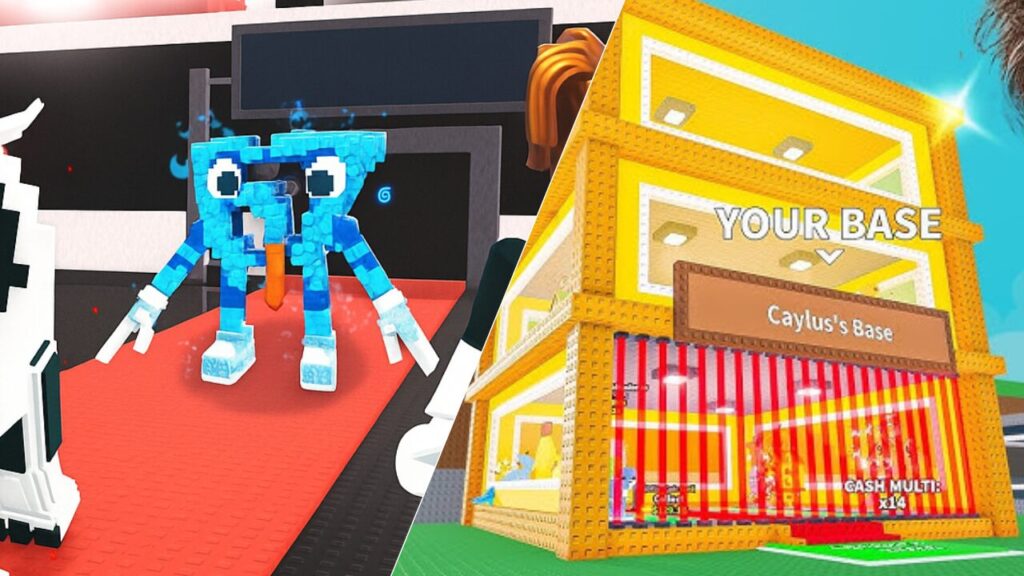7 Secrets in Steal a Brainrot that I only realized after playing a lot

Listen too

When I started playing Steal a Brainrot, I thought it was just about running, hiding and trying to take Brainrot from friends. After many hours, I realized that there were layers of extra hidden content. I'm going to show you and explain 7 hidden details in Steal a Brainrot that I only realized after playing a lot, and of course, I'll show you how I found them, why they matter and how they changed the way I play.
Below is a quick summary of the seven details I'll explain next:
1) Dark corners and hidden platforms
2) Coded environmental clues
3) Sounds and auditory signals
4) NPCs with repetitive behavior
5) Easter eggs and references
6) Secret missions by sequence of actions
7) Routes, shortcuts and impact on gameplay
1) Dark corners and hidden platforms
Exploring aimlessly was my strategy that yielded the most discoveries. Climbing on crates, entering unexplored places and looking closely at objects that seem decorative led to secret panels, keys and platforms that save time or open up alternative routes. My tip: when you have free time at the start, walk around aimlessly - that's when the surprises appear.
Practical example: a slightly misaligned bookcase opened a compartment; under a bridge, shoeprints led to a key.
2) Coded environmental clues
The map is full of small anomalies that together tell us something. Crooked boards, scratched plaques and stains on the walls often form messages. I've learned to mentally note down patterns and sometimes record them on a notepad.
Practical example: three scratched plates together formed instructions for a secret passage; patterns of lights gave the right order to activate a mechanism.
3) Sounds and auditory signals
Many details only come to light when you stop and listen. Clicks, whispers and variations in the musical background signal hidden mechanisms or activate clues. After a while, I began to trust the sound more than the lights.
How to use: stop for a few seconds in suspicious corners and notice if the audio changes, this usually indicates possible interaction.
4) NPCs with repetitive behavior
Seemingly decorative NPCs repeat routes and lines that could be triggers. I interacted with some of them in specific ways (giving items, positioning myself behind objects) and they unlocked short missions or clues.
Practical example: an NPC would only respond with a hint when I handed over an item found elsewhere on the map.
5) Easter eggs and references
The developers have left jokes and references to pop culture and the Roblox community itself. These easter eggs provide a laugh, but they can also hide numbers or highlights that act as clues.
The value of this: in addition to humor, easter eggs help you understand the creator's mindset and sometimes point to important actions or locations on the map.
6) Secret missions by sequence of actions
Some rewards only appear after a correct sequence of interactions. It was pure trial and error: touching objects in a certain order, triggering the right torches or rearranging frames unlocked permanent corridors, boosts and shortcuts.
Examples I found:
- The Order of Pictures: rearranging pictures has opened a compartment with pieces.
- Ritual of Lights: activating torches in a sequence released a temporary cosmetic item.
My recommendation: document attempts and share tasks with friends to save time.
7) Routes, shortcuts and impact on gameplay
Discovering passages and patterns changed my strategy. Instead of running straight in, I started preparing routes, checking specific points before attempting the objective and coordinating with the team. These changes increased my chances of success and made the game more interesting.
Useful tactics:
- Visit three hidden spots at the start of the round to collect items or check for clues.
- Keep a mental map of hiding places and safe routes.
- Playing in a team with defined roles (explorer, holder, executor).
How these 7 hidden details in Steal a Brainrot that I only realized after playing a lot changed the way I play
In short: the seven types of detail - dark corners, environmental clues, sounds, NPCs, easter eggs, secret missions and routes - transformed my matches from simple races to strategic investigations. I gained patience, improved communication with the team and learned how to turn observation into a practical advantage.
Concrete benefits:
- More escape options and alternative routes.
- Extra rewards (items, boosts, permanent shortcuts).
- A richer social game: sharing discoveries generates collective memories.
Conclusion
If you want to get the most out of Steal a Brainrot, remember the title of this text: 7 hidden details in Steal a Brainrot that I only realized after playing a lot. Play slowly sometimes: explore corners, listen to the map, note down patterns and combine clues with friends. The fun is also in discovering what few people notice and that completely changes the experience.



